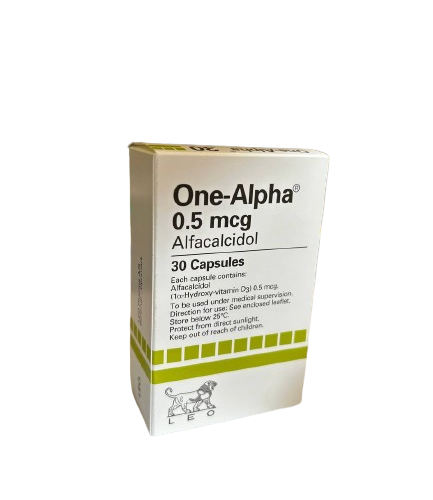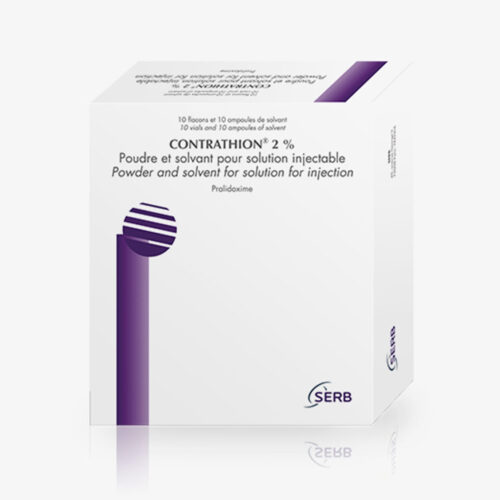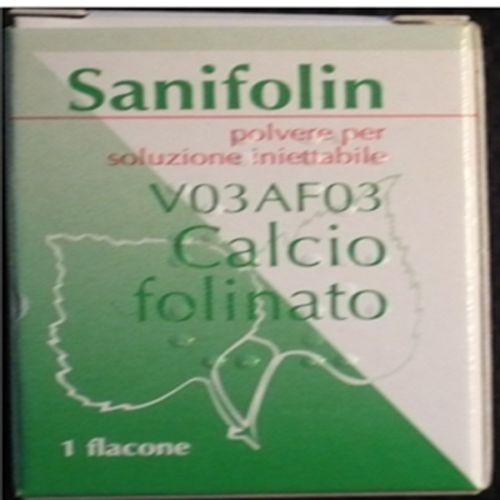Description
Description
Active ingredient: Flumazenil
Each 5ml ampoule contains 500 micrograms of flumazenil (100 micrograms per ml).
ANEXATE is the brand innovator for Clonazepam (known as ROMAZICON in USA)
– FDA approved
Indications:
Anexate is indicated for the complete or partial reversal of the central sedative effects of benzodiazepines. It may therefore be used in the following situations:
- Termination of general anaesthesia induced and/or maintained with benzodiazepines.
- Reversal of benzodiazepine sedation in short diagnostic and therapeutic procedures.
- Reversal of paradoxical reactions due to benzodiazepines.
- For the diagnosis and/or management of deliberate or accidental benzodiazepine overdosage. As a diagnostic measure in unconsciousness of unknown origin, to differentiate between involvement of benzodiazepines and other aetiologies.
- For the specific reversal of the central effects of benzodiazepines, to allow return to spontaneous respiration and consciousness, in patients in intensive care.
- For the reversal of conscious sedation induced with benzodiazepines in children > 1 year of age.
Dosage and route of administration
Flumazenil must be administered intravenously by an anaesthetist or a doctor with experience in anaesthesiology and in a unit having the appropriate facilities available. Flumazenil may be administered either undiluted or diluted.
It can be administered together with other reanimation measures.
Anaesthesiology
The initial dose is 200 micrograms administered intravenously in 15 seconds. If the desired degree of consciousness is not obtained within 60 seconds, a second dose of 100 micrograms can be administered. This may be repeated at 60-second intervals where necessary, up to a maximum total dose of 1 mg. The usual dose is 300–600 micrograms.
Intensive care
The recommended initial dose of flumazenil is 300 micrograms intravenously. If the desired level of consciousness is not obtained within 60 seconds, a repeat dose of 100 micrograms may be administered. If necessary, this may be repeated at 60 second intervals up to a total dose of 2 mg. If drowsiness recurs, a second bolus injection of flumazenil may be administered.
An intravenous infusion of 100–400 micrograms per hour has also been shown to be useful. The dosage and rate of infusion should be individually adjusted to achieve the desired level of sedation.
Hepatic impairment:
Since flumazenil is primarily metabolized in the liver, careful titration of dosage is recommended in patients with impaired hepatic function.
Use in renal insufficiency
No dosage adjustments are necessary in patients with renal impairment.
Children above 1 year of age
For the reversal of conscious sedation induced with benzodiazepines in children > 1 year of age, the recommended initial dose is 10 micrograms/kg (up to 200 micrograms) administered intravenously over 15 seconds. If the desired level of consciousness is not obtained after waiting an additional 45 seconds, further injection of 10 micrograms/kg may be administered (up to 200 micrograms) and repeated at 60 second intervals where necessary (a maximum of 4 times) to a maximum total dose of 50 micrograms/kg or 1 mg, whichever is lower. The dose should be individualised based on the patient’s response. No data are available on the safety and efficacy of repeated administration of flumazenil to children for re-sedation.
Elderly
No specific data are available on the use of Anexate in the elderly, but it should be remembered that this population is more sensitive to the effects of benzodiazepines and should be treated with due caution.
The individually titrated, slow injections or infusions of Anexate should not produce withdrawal symptoms, even in patients exposed to high doses of benzodiazepines and/or for long periods of time. If, however, unexpected signs of stimulation occur, an individually titrated dose of diazepam (Valium) or midazolam (Hypnovel) should be given by slow intravenous injection.
If a significant improvement in consciousness or respiratory function is not obtained after repeated doses of Anexate, a non-benzodiazepine aetiology must be assumed
Method of administration
By injection or infusion.





